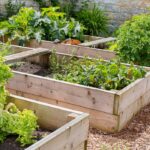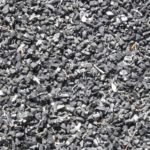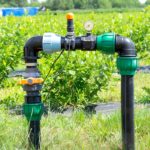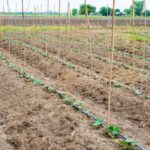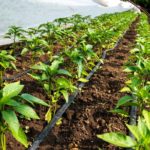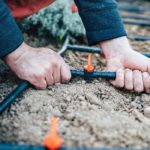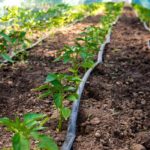Drip irrigation is a technique that helps you keep your plants in tip-top shape while also conserving water. It’s a favorite irrigation system among gardeners thanks to its many benefits; however, it comes with a few disadvantages as well.
The benefits of a drip irrigation system include reduced water consumption, targeted application of water and nutrients, and reduced soil erosion. The disadvantages include potential damage to the tubes and the need for regular maintenance. Drip irrigation is best suited to smaller gardens and greenhouses.
It takes quite a lot of work to maintain a beautiful yard, and achieving this without water waste is a true feat. By using drip irrigation, you’ll not only be able to enjoy the garden that you want, but you’ll also be content knowing that you’re doing it responsibly. Let’s take a closer look at the pros and cons of the drip irrigation system so that you can decide if it’s the best option for you.
What Is the Purpose of Drip Irrigation?
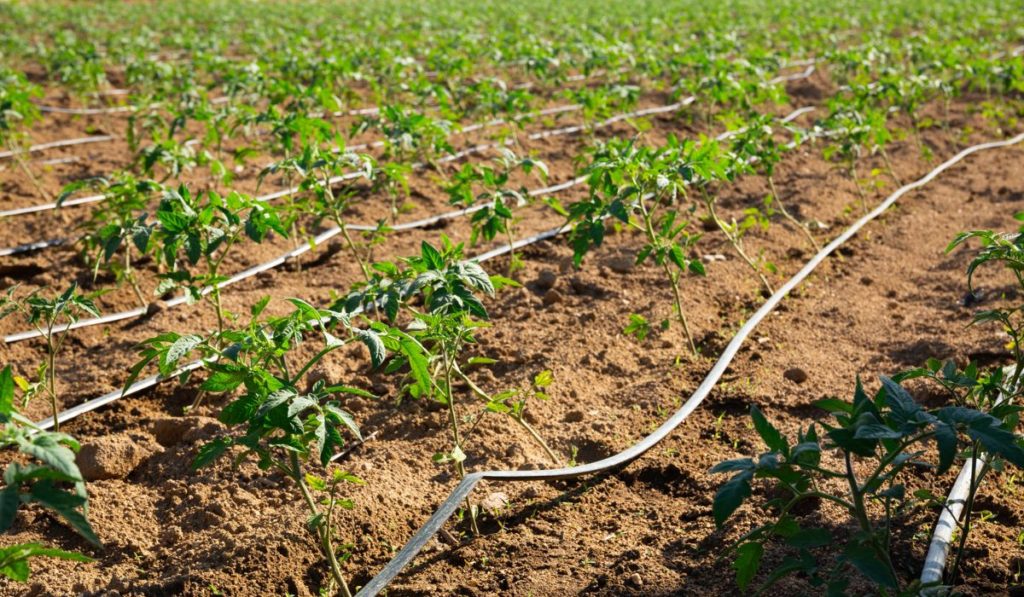
A well-maintained and thriving garden goes a long way toward making your home look vibrant and attractive. However, with water becoming increasingly scarce, it’s essential to apply environmentally-friendly methods to water your plants.
The purpose of drip irrigation is the even and controlled distribution of water, which allows gardeners to maintain a healthy soil environment that encourages optimal growth.
In this system, water is applied directly to plant roots. The retention of moisture at the soil level reduces the loss of water due to evaporation and wind. There’s also hardly any water for weeds to grow.
Benefits of Installing a Drip Irrigation System
Installing a drip irrigation system (on Amazon) in your garden provides you with the following benefits:
Customizable
A drip system can be modified to fit your preferences. You can add emitters (on Amazon) as your plants get bigger, or add more tubing as you make changes to your landscape. You can also cover the tubes with mulch if you have reservations about the appearance of your garden.
Versatile
A properly configured drip system is very versatile; it can function optimally irrespective of the soil type. With this system, you also don’t need your garden to be flat, as it can easily irrigate irregular and odd-shaped gardens.
Prevents Water Waste
The best thing about drip irrigation is its low consumption of water. The drip system uses almost half the quantity of water used by other methods, like the traditional sprinkler.
This system facilitates longer water retention in the soil. A properly installed system also ensures very little loss of water through evaporation and wind.
Efficiency and Convenience
Installing a drip irrigation system eliminates the need to drag hoses from one corner of the garden to another. Adding a timer to your system allows for automation, which further simplifies the irrigation process.
Cost-Effective
A drip irrigation system operates on low pressure, which means low operating costs. This allows you to save both money and energy.
Easy to Assemble and Use
Assembling and installation of a drip irrigation system is pretty quick and straightforward. It requires little or no technical knowledge to run. A high-quality drip system can be attached directly to the hose spigot.
Downsides of Drip Irrigation
Drip irrigation also has some drawbacks that are important to take note of. These include:
Need for Maintenance
The drip irrigation system needs regular maintenance for proper and efficient functioning. Regular checks on the system also ensure that there’s no clogging or leakage, which can disrupt the watering cycle.
Improper Placement of Emitters
Your plants can experience root development restrictions if the emitters aren’t placed properly. This situation occurs if you’ve installed too few emitters or the distance between emitters is too much. Also, it can be quite challenging for novices to determine if the plants are getting enough water.
Potential for Damage
The ultraviolet rays from the sun can damage your tubes. They can degrade the plastic, which can result in water leakage. Rodents, rats, and other insects can also damage the tubes by chewing through them.
Is Drip Irrigation Your Best Option?
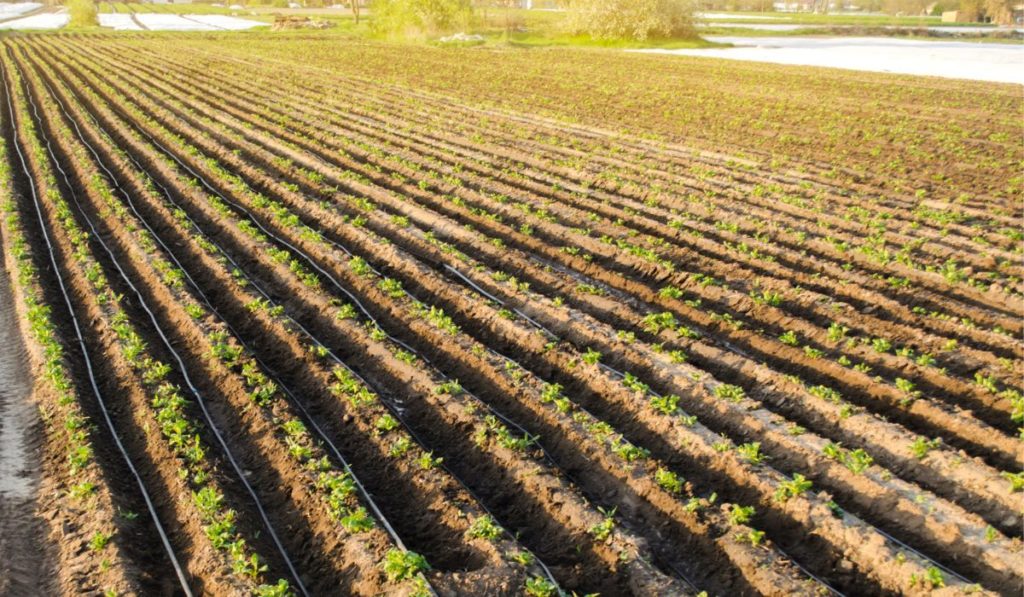
Before investing in a drip irrigation system, it’s essential to take the following considerations into account:
Size of Yard
Drip irrigation is a good fit for gardens and small fields. Larger properties require a more extensive and complicated installation of a drip irrigation system, which can be relatively expensive and challenging to set up.
Price
The initial cost of installing a drip system is quite high. Significant amounts are also needed for seasonal maintenance and removal. That’s why this system is more suitable for home gardens and landscaping.
Soil Type
Although drip irrigation is suitable for most soil types, it’s best to make sure that this system will work with your soil. For sandy soils, you’ll need to run your emitters at a more powerful setting, while for clay-type soils you’ll need to adjust the emitters to trickle water slowly. This will help avoid the pooling of water on the surface.


